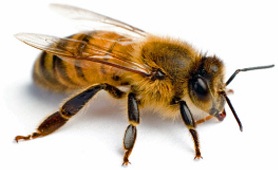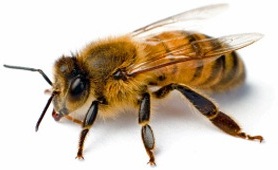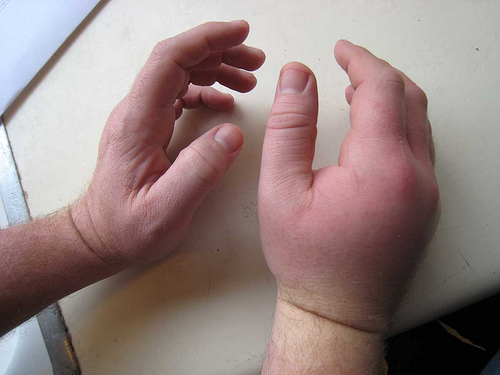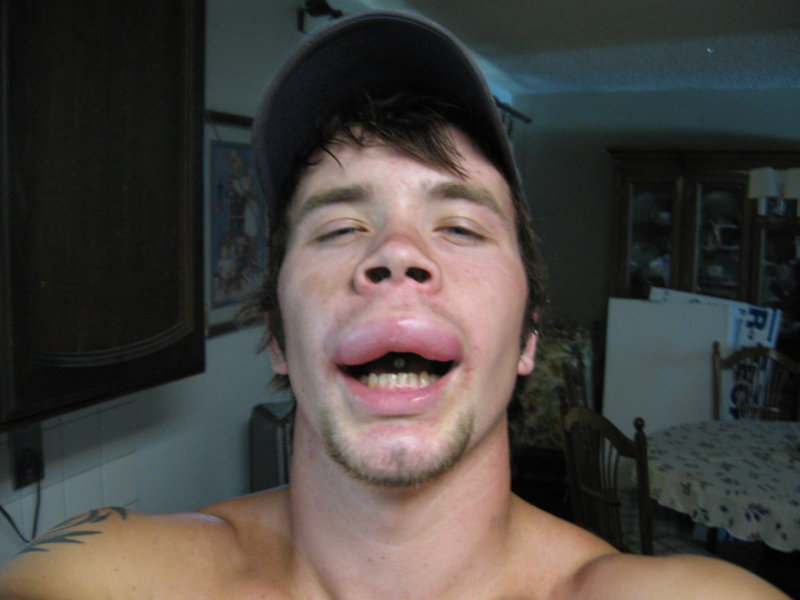

Bee Sting
symptoms, treatment, allergic reactions, learn how a bee stings


symptoms, treatment, allergic reactions, learn how a bee stings
Although bee stings themselves are not all that dangerous in the scheme of things, having an allergic reaction to a bee sting can be potentially dangerous if the proper treatment is not sought. As with any bee sting, an allergic individual will experience the usual symptoms in the initial moments following the bee sting. This can include a raised bump in the local area around the bee sting that can be itchy and painful to the touch. Most of the pain associated with bee stings is very short, and will quickly follow the stinging. Remember that when you are stung, you are injected with a poison that the bee contains.
An allergic reaction to a bee sting comes when the body and immune system create antibodies which are meant to fight disease in response to a substance that body categorizes as harmful. In an allergic reaction, the antibodies produce a number of side effects that can be quite harmful to some individuals. Keep in mind that many individuals that are allergic to bee stings do not notice a severe reaction the first time that they are stung, and may not notice any severe reactions until the third or fourth time that they are stung.

A number of symptoms can be telltale signs of allergic bee sting reactions. Some of the first symptoms that you may notice are a dryness in the mouth, or a dry cough that can make it hard to drink water, swallow, or even speak correctly.
After the dry mouth, in most cases of allergic bee sting reactions, you may notice that the area around the eyes begins to swell. This is actually a defense mechanism that is used to keep the eyes safe. As the symptoms continue to progress, you might notice a number of other symptoms that are commonly associated with allergic reactions included sneezing or an inability to breath easily, which may be accompanied by some wheezing.
Then, you can expect hives to develop in areas around the body. These hives will itch, and can be quite the nuisance. Keep in mind that sometimes hives will show up earlier in the reaction, but usually never before the individual experience dry mouth.

These symptoms are indeed the symptoms of an allergic reaction and can actually be the warning signs of anaphylaxis. Anaphylaxis can be a very dangerous condition if the proper treatment is not sought out following its onset. As the condition worsens, the individual will experience an extreme difficulty breathing and a tightness in chest. If left untreated the individual may go unconscious and will also experience shock. Individuals that have severe reactions can reach this point within a number of minutes, and if they are not rushed to receive medical attention, they could eventually die as a result of anaphylaxis.
The most important thing to remember when it comes to allergic reactions to bee stings is to seek medical help as early in the process as possible. Remember that a regular reaction to a bee sting should be fairly mild, and will not cause swelling around the eyes, difficulty breathing or anything other than a soreness and red, raised area around the sting.
Anaphylaxis is a serious condition with any allergen that must be properly treated before the condition of the individual worsens. In order to prevent bee stings don't use colognes or perfumes that are flowery in smell, as this can attract bees, and also attempt to avoid bright colored clothing, because this has also been known to attract bees who are programmed to seek out and pollinate flowers.